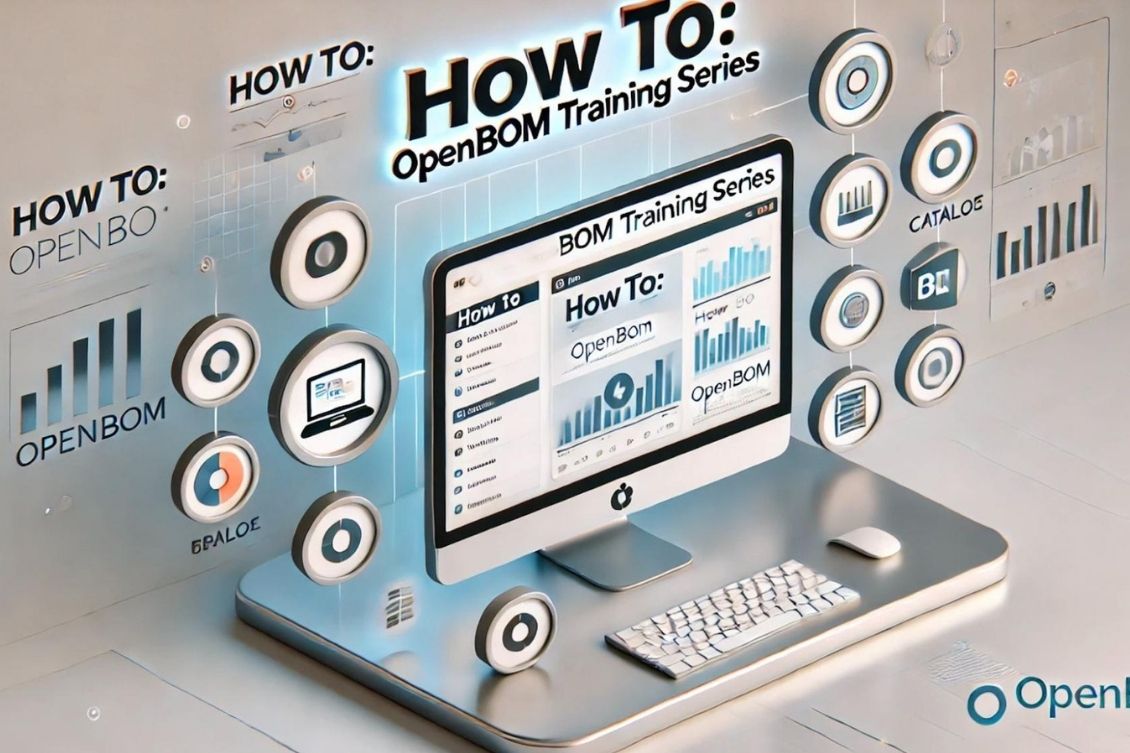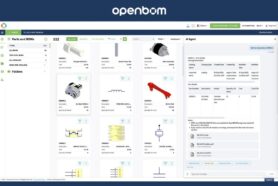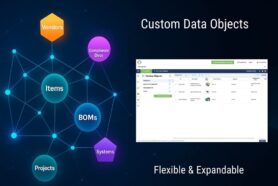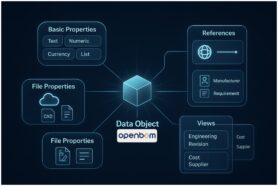
Welcome to the OpenBOM Tutorial Series! We are excited to kick off a brand-new series of tutorial videos designed to provide you with quick, effective training on the fundamentals of OpenBOM. Each video in this series is just 1-2 minutes long, giving you concise and practical insights to get started.
In today’s guide, we’ll cover the foundational elements of OpenBOM: creating catalogs, building product structures (BOMs), and importing data from Excel. Let’s dive in!
Creating Your First Catalog
In OpenBOM, catalogs are the building blocks of your product data management. They serve as item databases for organizing assemblies, mechanical parts, electrical components, materials, software, and more. A catalog typically represents a specific item type, and you can create as many catalogs as needed to manage your product data.
Each item recorded in a catalog can include the following:
- Basic attributes (e.g., description, cost, material, supplier information).
- Complex data (e.g., CAD files, PDFs, specifications in Excel, links to external resources).
Watch the tutorial to learn how to create your first catalog and start organizing your data – Creating a First Catalog.
Building Your First Bill of Materials (BOM)
A Bill of Materials (BOM) is a critical part of product structure management. OpenBOM’s Digital BOM data model allows you to create hierarchical product structures containing assemblies, subassemblies, and individual parts with a rich set of customizable properties.
With OpenBOM, your product structure can include:
- Hierarchical relationships for assemblies and parts.
- Mechanical, electrical, software, and documentation data.
- Files, links to OpenBOM objects, and external resources.
Watch the video to learn how to create your first BOM: Creating a First BOM
Importing Product Structures from Excel
Have an existing product structure in Excel? OpenBOM makes it easy to import data and visualize it as a multi-level BOM. You can display your BOM in various formats, including:
- Indented lists
- Hierarchical tree structures (graph view)
The tutorial will walk you through importing hierarchical structures (e.g., levels like 1, 1.1, 1.2, 1.3) from Excel, complete with images and additional data elements. Watch Video: Importing BOMs from Excel
Additional Resources
Want to dive deeper? Check out these resources to master OpenBOM:
- OpenBOM Training
- OpenBOM Getting Started Guide
- Organizing Catalogs in OpenBOM
- OpenBOM Bill of Materials Basics
Conclusion and Next Steps
OpenBOM is a powerful data management and collaboration platform built on a flexible, robust data model. By using catalogs and BOMs, you can seamlessly configure and organize your engineering and manufacturing information.
We’ve covered the basics in this article, but there’s so much more to explore! Start your OpenBOM journey today by registering for a free trial. You’ll gain instant access to a full production account and the tools you need to succeed.
REGISTER FOR FREE Happy organizing!
Best, Oleg
Join our newsletter to receive a weekly portion of news, articles, and tips about OpenBOM and our community.









